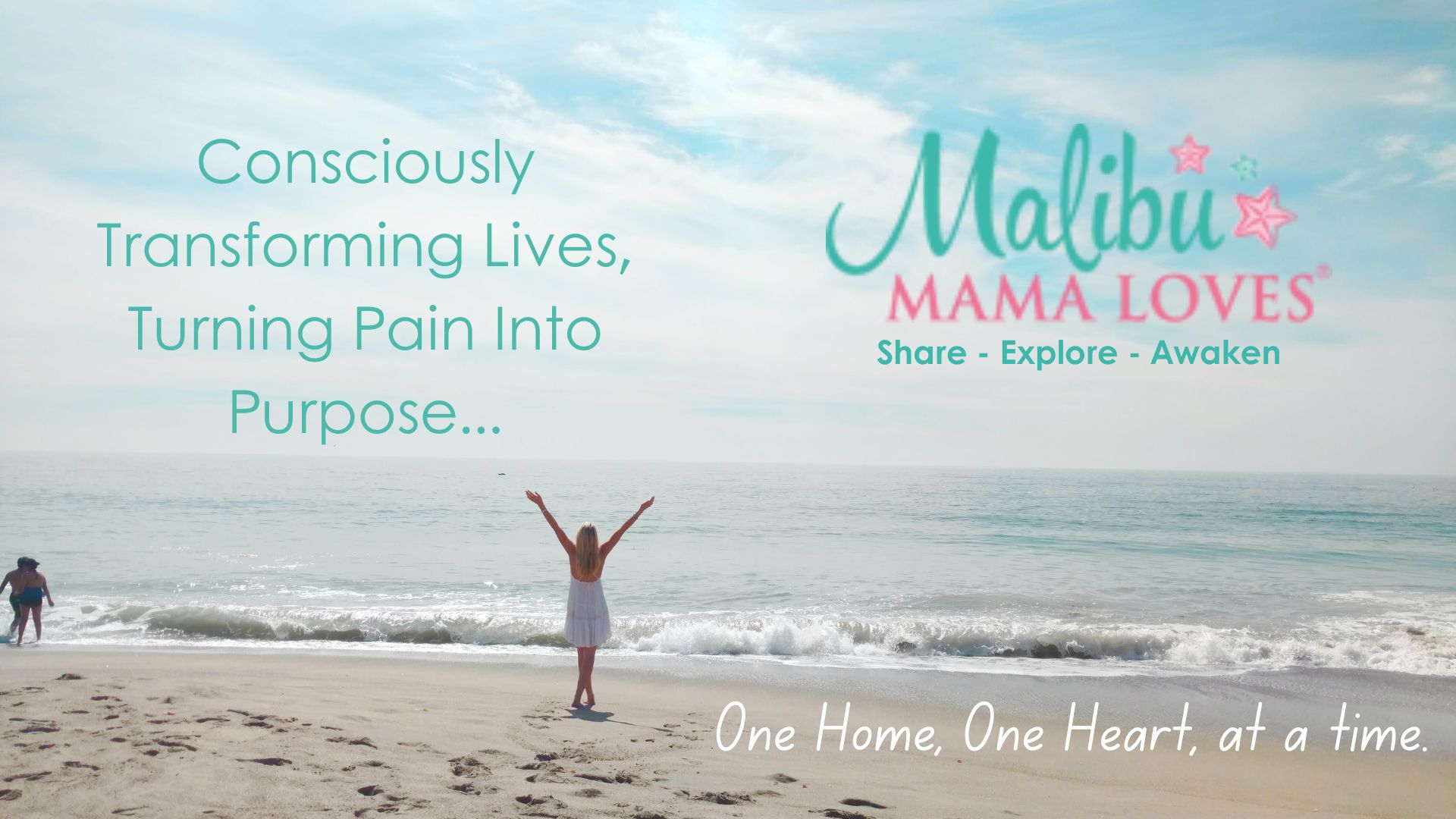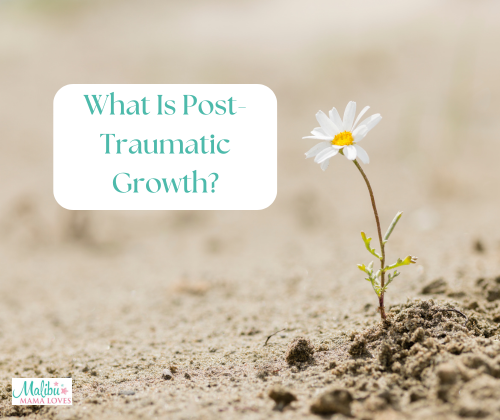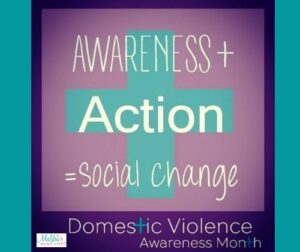What Is Post-Traumatic Growth?
We have all heard of PTSD and C-PTSD. But have you heard about Post-Traumatic Growth yet?!
Post-Traumatic Growth (PTG) is the idea that, while trauma often causes immense pain and suffering, it can also serve as a catalyst for profound personal growth. As I always suggest, a small shift in perspective can be an entire game changer…
Unlike Post-Traumatic Stress Disorder (PTSD), which focuses on the negative effects of trauma, PTG emphasizes the positive transformations that some individuals experience as they process and move beyond their traumatic experiences on their healing journeys. It suggests that through adversity, people can develop new perspectives, greater inner strength, and a deeper sense of purpose. It focuses on the healing journey, and all that can be created now.
How Can I Start My Post-Traumatic Growth?
One of the key elements of PTG is the concept of finding meaning in the aftermath of trauma. When we are able to accept our suffering, gain some understanding of it, we can begin to see our experiences as part of a larger narrative of personal evolution. This process often involves reshaping one’s beliefs, discovering new values, and reevaluating what truly matters in life as our new selves.
Survivors of trauma tend to develop a stronger appreciation for their relationships, a renewed sense of purpose, or a commitment to helping others who have gone through similar struggles. I designed my 7 week course to be very centered around this concept, read more on that here.
What Experts Say About Post-Traumatic Growth
Expert insights also reinforce the idea of PTG as a real and tangible process. Dr. Richard Tedeschi, a leading researcher on PTG, explains that while trauma can shake people to their core, it can also open up new possibilities for growth. He points out that PTG is not inevitable, nor does it diminish the seriousness of trauma. Rather, it’s an optional path that some survivors take, often involving intentional reflection, self-compassion, and time. You can grab his book here on Amazon.
Moving toward resilience and fulfillment after trauma often involves a multi-step journey. This can include processing the pain, finding healthy coping mechanisms, and seeking out social support. Therapy, mindfulness practices, and building connections with others who have experienced similar challenges can be instrumental in this process. The power of group therapy is immense.
It’s also important for trauma survivors to acknowledge and honor their emotional pain rather than suppress it—healing begins when individuals allow themselves to feel and express their emotions authentically.
Ultimately, Post-Traumatic Growth is about embracing the possibility that even the most painful experiences can be a gateway to personal transformation. By finding meaning and purpose in the wake of trauma, individuals can emerge not only as survivors, but as stronger, more empathetic, and empowered versions of themselves. I know, because I have been there and overcome.
If you think you have unhealed trauma, take this quiz today and let’s get your healing journey and your PTG strategy started today.
Cheers,
Malibu Mama Loves Xx



 Hi There! Let's Share ✩ Explore ✩ Awaken together! I’m a Mama, published author, biohacker, and trauma-informed life coach raising conscious kids who truly appreciate our world through travel. Welcome to the Malibu Mama Loves Conscious Living Lifestyle!
Hi There! Let's Share ✩ Explore ✩ Awaken together! I’m a Mama, published author, biohacker, and trauma-informed life coach raising conscious kids who truly appreciate our world through travel. Welcome to the Malibu Mama Loves Conscious Living Lifestyle!




 Ready To Turn Your Trauma Pain Into Purpose? Join Our FREE Masterclass Click
Ready To Turn Your Trauma Pain Into Purpose? Join Our FREE Masterclass Click 


